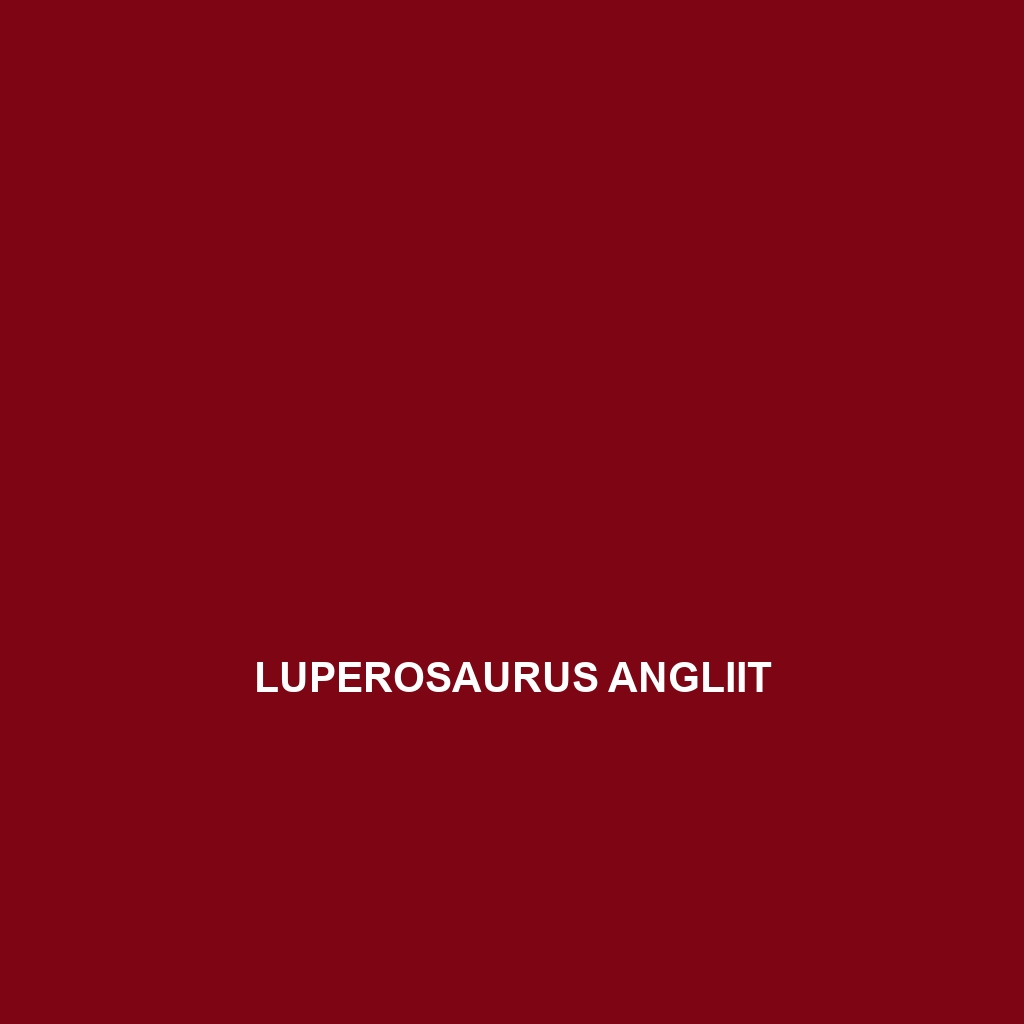Sphenomorphus pratti, commonly found in the tropical rainforests of Southeast Asia, is a moderately-sized lizard measuring 20 to 30 cm. Notable for its striking green and brown coloration that aids in camouflage, this primarily diurnal insectivorous species plays a crucial role in regulating insect populations and contributes to the ecosystem's biodiversity.
Tag: lizard species information
Sphaerodactylus underwoodi
Discover the unique <b>Sphaerodactylus underwoodi</b>, a small nocturnal lizard native to the lush rainforests of the Caribbean, characterized by its slender body, smooth scales, and vibrant mating displays. With a diet primarily consisting of insects, this vulnerable species plays a vital role in maintaining ecological balance within its environment.
Smaug breyeri
<b>Smaug breyeri</b>, known as Breyer’s dragon, is a striking lizard native to the temperate forests and scrublands of southern Africa, distinguished by its robust body, spiky dorsal crest, and diurnal behavior. This insectivorous species plays a vital role in its ecosystem by controlling insect populations and is currently classified as 'vulnerable' due to habitat loss and climate change threats.
Sitana laticeps
The Sitana laticeps, or broad-headed lizard, is a vibrant and adaptable species found in tropical grasslands and savannas across the Indian subcontinent. Known for its distinct flattened body and striking blue throat in males during mating season, this diurnal insectivore plays a crucial role in controlling insect populations and maintaining ecosystem balance.
Smaug breyeri
<b>Smaug breyeri</b>, known as Breyer’s dragon, is a striking lizard native to the temperate forests and scrublands of southern Africa, distinguished by its robust body, spiky dorsal crest, and diurnal behavior. This insectivorous species plays a vital role in its ecosystem by controlling insect populations and is currently classified as 'vulnerable' due to habitat loss and climate change threats.
Sitana laticeps
The Sitana laticeps, or broad-headed lizard, is a vibrant and adaptable species found in tropical grasslands and savannas across the Indian subcontinent. Known for its distinct flattened body and striking blue throat in males during mating season, this diurnal insectivore plays a crucial role in controlling insect populations and maintaining ecosystem balance.
Psammodromus hispanicus
<b>Psammodromus hispanicus</b>, commonly known as the Iberian sand racer, is a slender, diurnal lizard found in the southeastern regions of Spain, thriving in warm, sandy habitats. With a striking coloration and impressive agility, it primarily feeds on insects and plays a crucial role in regulating local ecosystems.
Psammodromus hispanicus
<b>Psammodromus hispanicus</b>, commonly known as the Iberian sand racer, is a slender, diurnal lizard found in the southeastern regions of Spain, thriving in warm, sandy habitats. With a striking coloration and impressive agility, it primarily feeds on insects and plays a crucial role in regulating local ecosystems.
Oplurus quadrimaculatus
<p><b>Oplurus quadrimaculatus</b>, a striking lizard native to Madagascar, measures 30 to 45 cm and is known for its vibrant coloration with distinctive black spots. Found in diverse habitats, this primarily diurnal insectivore plays a crucial role in controlling insect populations and maintains ecological balance in its environment.</p>
Luperosaurus angliit
<b>Luperosaurus angliit</b> is a medium-sized, arboreal lizard native to the tropical rainforests of Southeast Asia, particularly the Philippines. Notable for its vibrant coloration and unique dorsal scales, it primarily feeds on insects and plays a crucial role in maintaining the ecosystem's balance.









